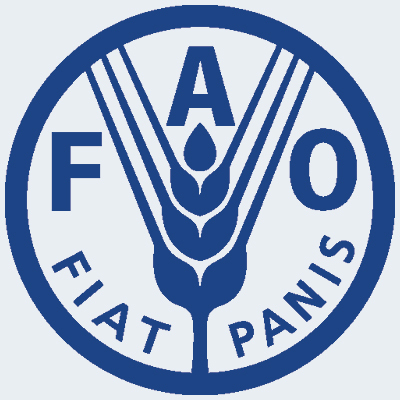 Export prices of wheat declined for the second consecutive month in January. The benchmark US wheat price (No.2 Hard Red Winter, f.o.b.) averaged USD 348 per tonne, down 3 percent from its level in December but still 17 percent higher than in January 2012. Low levels of wheat exports from the United Sates and large supplies of feed wheat weighed on international wheat prices.
Export prices of wheat declined for the second consecutive month in January. The benchmark US wheat price (No.2 Hard Red Winter, f.o.b.) averaged USD 348 per tonne, down 3 percent from its level in December but still 17 percent higher than in January 2012. Low levels of wheat exports from the United Sates and large supplies of feed wheat weighed on international wheat prices.
However, continued drought conditions in the United States, affecting wheat conditions in the southern Plains, and weakening dollar limited the decline.
Meanwhile international prices of maize also decreased in the past two months and in January the benchmark US maize price (US No2, Yellow) averaged USD 303 per tonne, 2 percent lower than in December although 11 percent above its level in January 2012. Weaker pace in trade activity has been one reason while expectation of large supplies from South America also pressured prices. However, prices rebounded somewhat since late January on concerns about the impact of dry weather on the 2013 maize crop in Argentina.
International rice prices followed diverging directions in January 2013, depending on the type and origin. While the
FAO All Rice Price Index was unchanged at its December 2012 value, indicating an overall stability, aromatic rice quotations strengthened, while prices of Indica moved up only marginally and Japonica prices fell. Quotations of the benchmark Thai white 100%B rice, however, rose by 2 percent to USD 611 per tonne in January 2013, reflecting large government purchases under the pledging programme, and resulting in a widening gap between Thai prices and prices from other origins.




